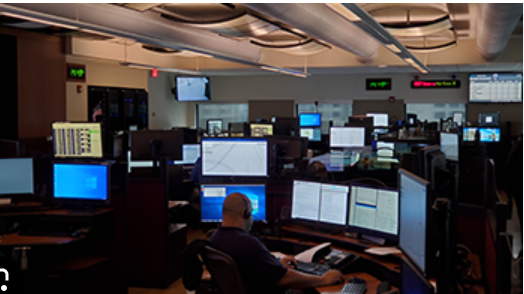
A Public Safety Answering Point (PSAP) is a critical component of emergency response systems. It’s a call center responsible for receiving 911 calls from the public and dispatching the appropriate emergency services, such as police, fire, and ambulance. When you dial 911, your call is routed to the nearest PSAP based on your location.
PSAPs are staffed by trained professionals who assess the situation, provide immediate assistance, and coordinate the response with various emergency agencies. Modern PSAPs are integrating advanced technologies, such as Next Generation 911 (NG911), which allows for more precise location tracking, text messaging, and multimedia sharing. This evolution enhances the speed and efficiency of emergency response, ultimately saving lives and improving public safety.
The Role of PSAPs in Emergency Response
PSAPs serve as the frontline of emergency response, ensuring that help is dispatched quickly and accurately. They play a crucial role in:
1. **Call Triage**: Evaluating the urgency of calls and determining the appropriate response.
2. **Dispatch Coordination**: Communicating with emergency responders and guiding them to the scene.
3. **Public Assistance**: Providing critical instructions to callers, such as CPR guidance or evacuation routes, while help is on the way.
Future of PSAPs with NG911
With the implementation of NG911, PSAPs are becoming more capable and responsive. NG911 allows PSAPs to receive not only voice calls but also text messages, images, videos, and data from smart devices. This integration improves situational awareness for responders and enables a more effective and coordinated emergency response.
PSAPs are an indispensable part of the emergency response infrastructure, bridging the gap between the public and emergency services. As technology advances, PSAPs are evolving to meet the growing demands of modern emergency response, ensuring they remain efficient and effective in saving lives and protecting communities.
